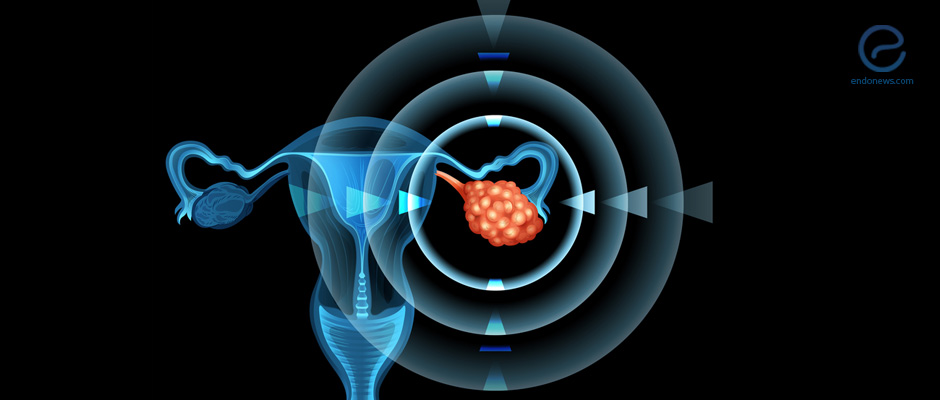A new hypothesis for the origin of endometriosis-associated ovarian cancers
Feb 15, 2018
A hypothesis on the parthenogenesis of endometrioid ovarian cancer
Key Points
Highlights:
- A recent paper on the hypothesis for the development of endometriosis-associated ovarian carcinoma claims that "implantation of uterine cells first occurs to the pelvis and then to the ovary as malignant cells."
Key Results:
- Authors believe that the first neoplastic transformation in the development of endometriosis-associated ovarian endometrioid cancer is characterized by uterine cells migrating to the pelvis via retrograde menstruation. These malignant cells will then implant to the ovary where they can develop ovarian cancer.
- Additionally, they believe endometriosis and endometrioid ovarian carcinoma are two distinct disease entities with similar pathogenesis. Their evidence for this hypothesis is as follows:
- A higher incidence of synchronous precancerous and cancerous endometrial lesions is seen in patients affected by endometriosis-associated ovarian endometrioid cancer.
- Uterine endometrial type I (endometrioid) carcinoma resembles endometriosis-associated endometrioid ovarian cancer in behavior and prognosis.
- Tubal ligation has been seen to be protective in the development of endometriosis-associated endometrioid ovarian cancer.
What’s done here?
- Researchers from a group in Milan, Italy propose a hypothesis explaining the pathophysiology of endometriosis-associated ovarian endometrioid cancer.
Limitations:
- Further studies are required to elucidate the progression and development of this disease process.
Lay Summary
Endometriosis has been associated with an increased risk in the development of the clear cell, endometrioid, and low-grade serous tumors. Thus, progression to these forms of type I tumors is associated with endometriosis precursor lesions that are atypical. The transition of non-malignant to malignant endometriosis precursor lesions have been associated with PTEN and ARID1A mutations. However, this process is still being elucidated. Another possible factor for this progression is the role of reactive oxygen species (ROS) that form within the endometriosis lesions seen in the ovary. These ROS may facilitate carcinogenic DNA mutations and genetic instability.
This article aims to support the idea that the uterus is the organ of origin of endometrioid ovarian cancer. Authors, support this claim by pointing out in one of their recent studies, 66% of endometriosis-associated ovarian tumors were associated with an existing endometrial precancerous or cancerous pathology.
In 92% of the cases, the ovarian and endometrial cancer were of the identical histologic grade. Thus, the “synchronous” lesion phenomena support the claim that neoplastic transformation occurs in the uterus first, and then these cells migrate into the pelvis via retrograde menstruation.
Additionally, Parallel Sequencing-Based Clonality analysis has found that synchronous endometrioid endometrial carcinoma and ovarian carcinomas, in a given patient, had the same mutations in at least one cancer driver gene such as PTEN, PIK3CA, KRAS, ARID1A, and CTNNB1.
This hypothesis opposes the prevailing theory that normal endometrial cells first migrate via retrograde menstruation to the ovary. Once attached to the ovary, factors mentioned earlier such as inflammation, ROS, and endocrine imbalance increase somatic mutations that could cause their malignant transformation.
Research Source: https://www.ncbi.nlm.nih.gov/pubmed/29317075
endometriosis hypothesis endometrioid

